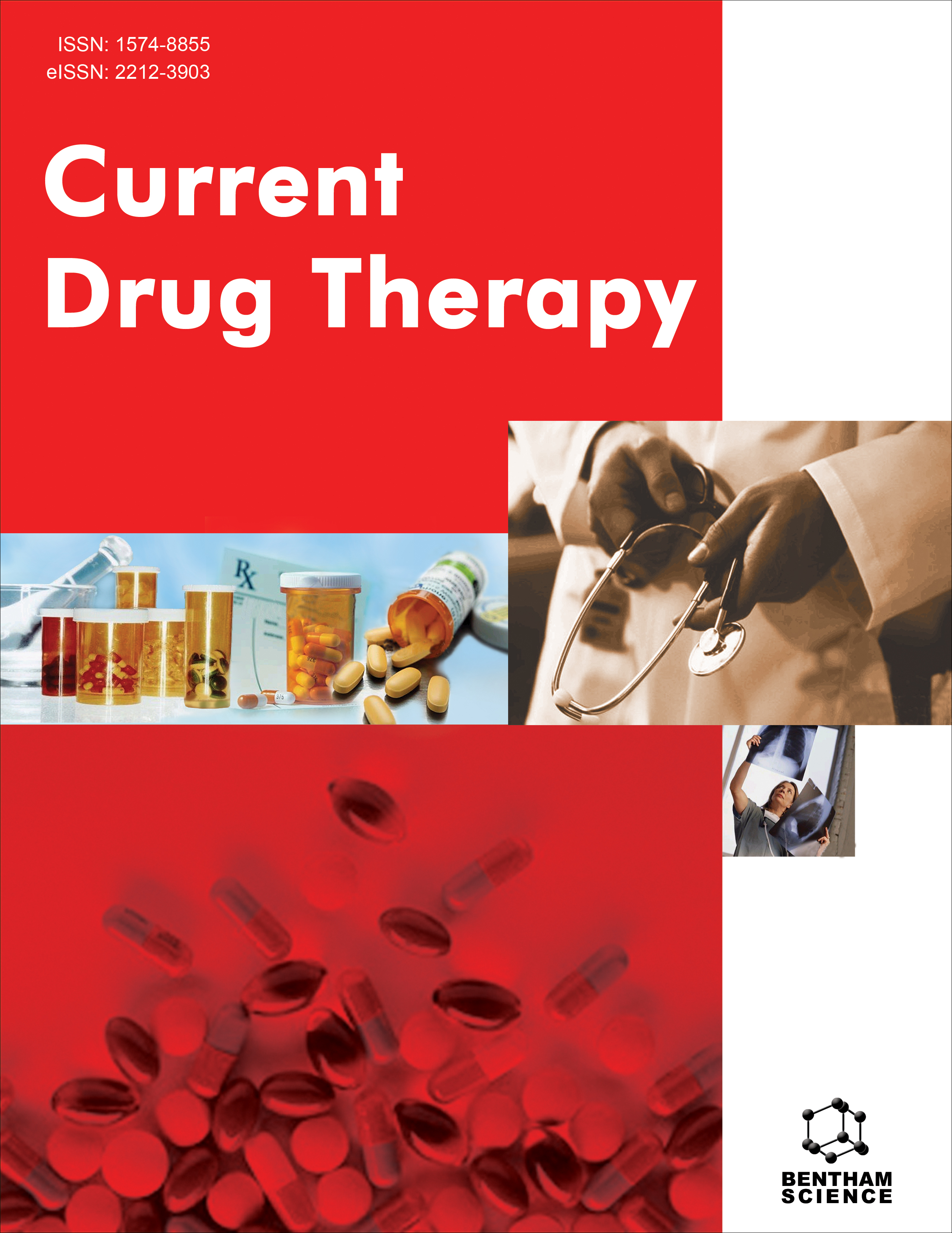
Full text loading...
We use cookies to track usage and preferences.I Understand
This in-depth analysis examines the revolutionary potential of nanostructures, particularly niosomes, in boosting Clotrimazole's therapeutic effectiveness for dermatological applications. A common antifungal drug called clotrimazole suffers significant problems with solubility, bioavailability, and penetration. Niosomal gels in particular, which are nanostructured drug carriers, have emerged as ground-breaking approaches to overcome these constraints. The study opens with an explanation of the mechanisms of action of Clotrimazole and its wide range of therapeutic uses in dermatology, emphasising the limitations of standard formulations. We present and explore niosomes, lipid-based nanocarriers with diverse characteristics. They provide a viable substrate for improved Clotrimazole administration due to their biocompatibility, adjustable lipid composition, and capacity to encapsulate both hydrophilic and hydrophobic medications. The creation and development of clotrimazole-loaded niosomal gels are at the core of the review. Numerous preparation processes are investigated, and elements affecting the formation of niosomal gel, such as lipid content and optimization strategies, are reviewed. Particle size analysis and encapsulation efficiency testing are two methods for characterising these gels that are covered in depth. The effectiveness of Clotrimazole-loaded niosomal gels is validated in large part by in vitro and in vivo tests. The review explores in vitro drug release investigations, studies of skin permeability and penetration, and comparisons with conventional formulations. When accessible, preclinical and clinical trial insights provide crucial clinical context. The benefits of clotrimazole-loaded niosomal gels, such as greater patient compliance and improved drug delivery, are also covered in the article. It solves difficulties including stability issues and regulatory issues. The review's conclusion emphasises the essential role that nanostructures and niosomes have played in developing Clotrimazole medicines for dermatological usage. It provides a thorough review of current developments, exciting new approaches, and the wider effects of this ground-breaking medication delivery strategy.

Article metrics loading...

Full text loading...
References


Data & Media loading...

